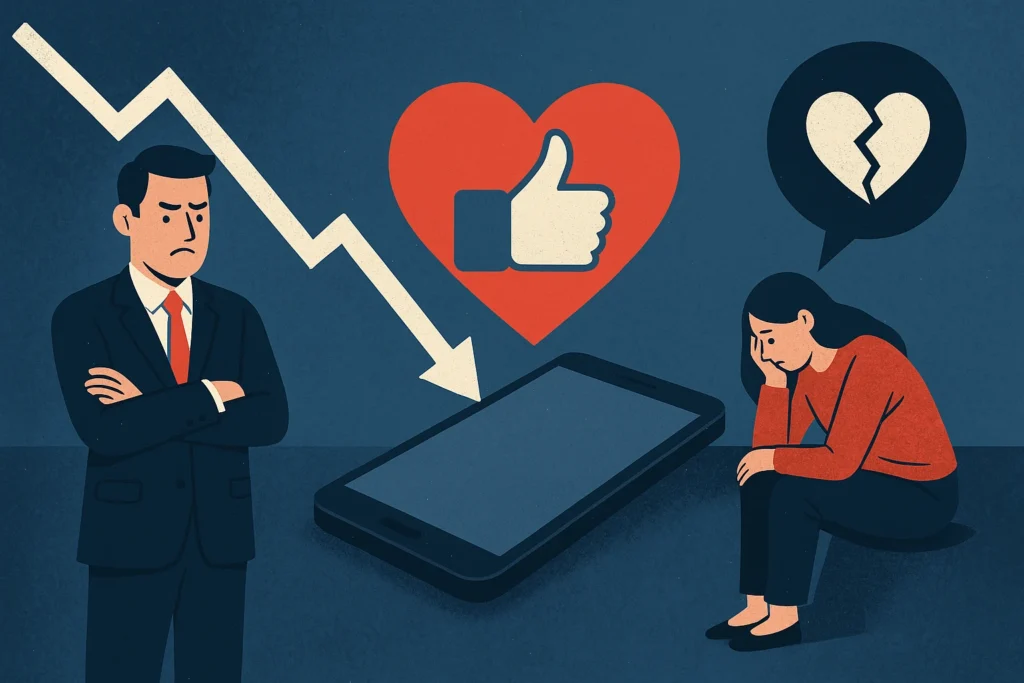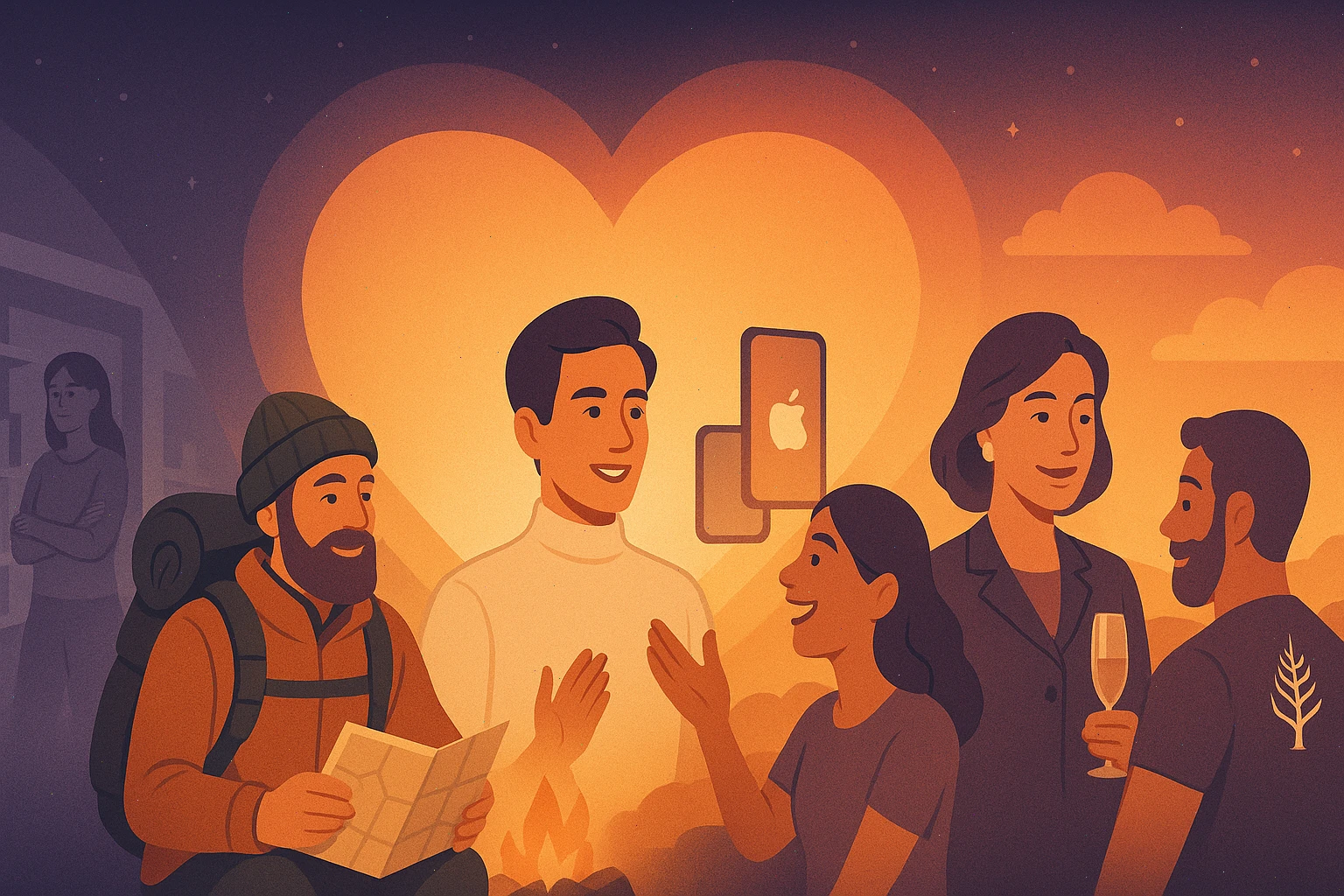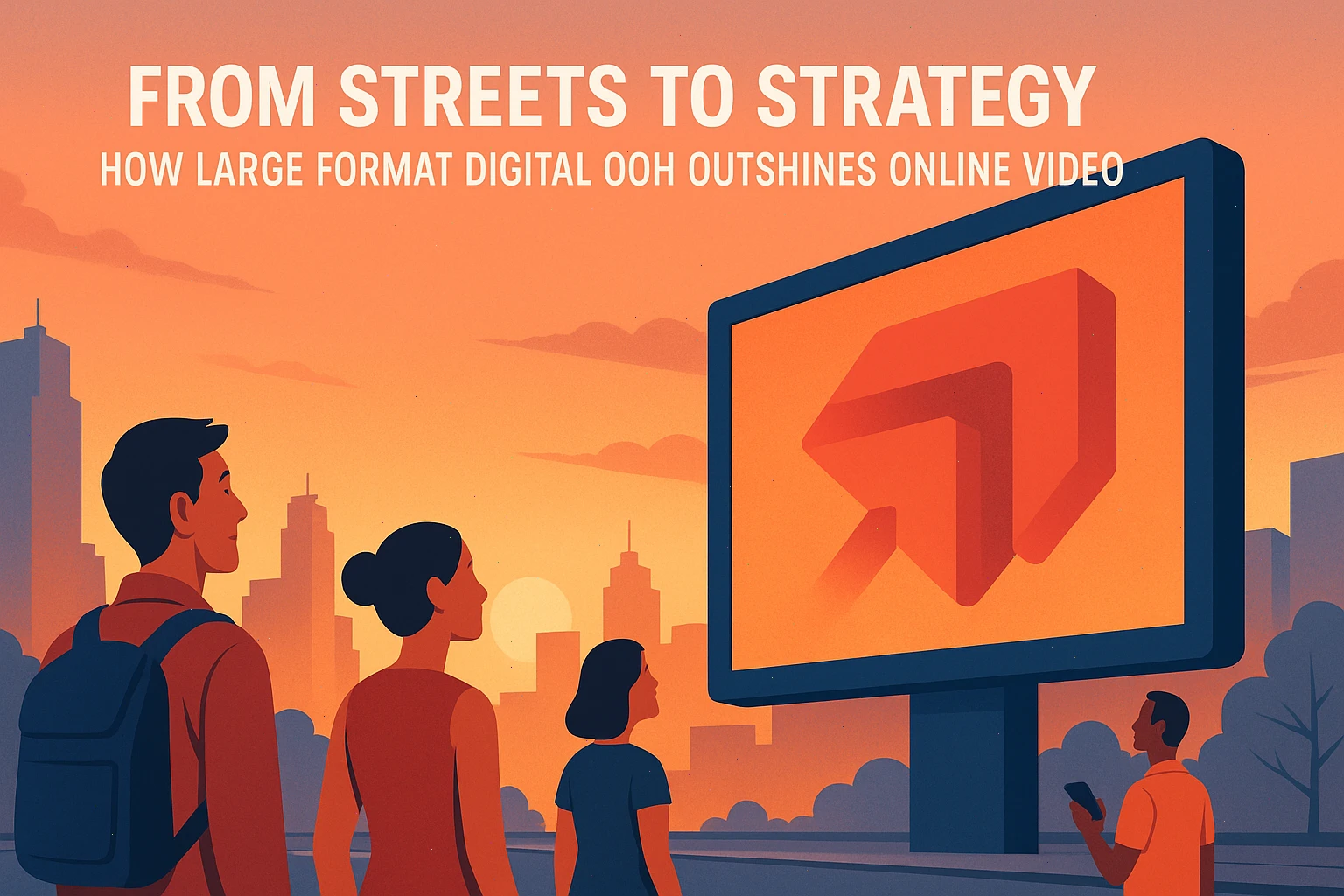The harsh truth is that simply being “liked” by your client is not enough. It never was. In today’s world, where people constantly switch between countless options and emotional engagement is minimal, a “like” is the most overrated and least valuable currency in the brand economy.
Yet too many companies keep chasing clicks and shallow interactions instead of building genuine connections with their audience. It’s like being stuck in the “friend zone” — if your brand is there, it’s in danger.
What It Means To Be In The Brand “Friend Zone”
When a client “likes” you, you might think the “game is on.” But this superficial interest does not allow your brand to become truly meaningful. You don’t inspire love. You don’t earn trust. You simply “exist.” And as we know, all good intentions die in the friend zone.
From Liked To Loved: The Real Path To Growth
After more than twenty years working with brands across industries — from fashion and beauty to healthcare and retail — I’ve learned one thing: real growth happens when a brand moves from simply being “liked” to being “loved,” from known to advocate. This transition doesn’t come from one-off promotions or gimmicks — it’s built on consistent, emotionally meaningful experiences that create brand love.
Brand Love Is Not An Abstraction But A Growth Tool
Brand love is not just a pretty dream or vague goal. It’s a measurable and manageable factor — the most powerful growth engine. Love turns your best customers into marketers, your retail experience into reputation, and your values into competitive advantage.
The Mistake Many Brands Make: Confusing Activity With Results
The problem is many companies mistake marketing activity for effectiveness. They launch endless retargeting campaigns, obsess over the last click, slash prices for short-term wins — and end up addicted to promotions that erode margins and fail to build loyalty.
This happens because these brands are stuck in the friend zone, where passion is moderate, and trust is purely transactional.
How To Escape The Friend Zone: A Mindset Shift
The escape begins with a mindset change. Stop trying to game algorithms — start playing on the human side. My “Think Human” method combines emotional intelligence and brand strategy to build real connections.
The first step is understanding your consumer’s pains, desires, and rhythms. This requires curiosity, empathy, and humility — recognizing that trust is earned not by grand gestures but by small, consistent moments.
Marketing As Relationships, Not Transactions
Think about your personal relationships. Would you trust someone who only shows up when they need something? Someone who changes behavior with every interaction? Many brands act this way — chasing results at the cost of consistency.
But love isn’t built on reports and numbers; it’s built in the details.
To get out of the friend zone, ask different questions. Not “How do I make the client buy?” but “What makes them come back?” Not “How do I optimize the funnel?” but “How do I remove friction and add meaning?”
You must shift marketing from transaction to relationship.
The Brand Value Equation: Experience Divided By Price

Next, build a strategy based on the brand value equation: experience divided by price. The smaller the gap between what the client receives and what they pay, the less buyer’s remorse — and the higher the chance of return, delight, and recommendation.
Brands Living In The “Love Zone”: Examples
Brands like REI, Apple, and Four Seasons don’t just sell products. They sell confidence, identity, and care. They don’t live in the friend zone — they live in the love zone, where clients become brand advocates and loyalty drives growth.
The Opposite: Brands Of “Hate”
At the same time, brands that compete only on price or convenience often end up in the “hate quadrant.” For example, cable companies or utilities — monopolies we tolerate, not celebrate. They are necessary but not loved. And as soon as a better alternative appears, they quickly lose ground.
The Goal Is Not Just To Survive, But To Matter
Your goal isn’t just survival. It’s to be meaningful. That requires dedication and the art and science of brand building. Because marketing focused only on results without a strong brand is a race downhill. And brand marketing without results is just an expensive story.
Finding The Sweet Spot: Strategy Meets Effectiveness
The ideal state is when every touchpoint reflects who you are and what you believe, and every tactic delivers measurable results. This is how brands are made that are not just noticed but sought after. Not just bought but believed in.
Where To Start: A Call To Marketers
If you’re a marketer and don’t know where to start, here’s a challenge: audit your customer journey. Find moments where trust is built or broken. Listen closely. Show up consistently. Choose meaning over manipulation. And most importantly, stop settling for mere “liking.”





